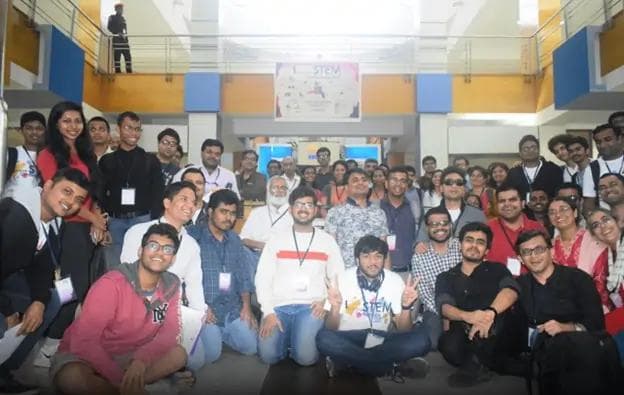DOES DATA FROM SOCIAL MEDIA HAVE A PLACE IN CREDIT ASSESSMENTS?
DOES DATA FROM SOCIAL MEDIA HAVE A PLACE IN CREDIT ASSESSMENTS?
Published by Gbaf News
Posted on July 24, 2015

Published by Gbaf News
Posted on July 24, 2015

Paul Thomas, Provenir
Should financial services companies making money-lending decisions use social media as a potential source of input to credit decisions? It’s something that has been debated in the industry and the media and is a concept the general public may find uncomfortable.
There is a general lack of understanding over what data could be used in this way, how it’s accessed and, in fact if it should be. Yet there can be benefits to lenders and borrowers alike of bolstering information used to determine credit worthiness with social media data. It can provide genuine demonstrations of behaviour that point to an individual’s capability and likelihood of meeting repayment terms. But the data generated by social media is vast and unstructured. The challenges around making it usable are many and significant.
Small businesses
There is much potential benefit to be gained in the SME sector, even though the focus on company use of social media tends to be on the consumer market. Fledgling businesses can hit a black spot in the processes, systems and procedures of banks. Their loan application isn’t treated as coming from an individual yet the start-up business has no financial history to plead its case. Banks stand to lose out if they can’t find a way through this as a start-up loan is likely to lead to a current account, a credit card and a banking relationship that could be potentially lucrative and long-term.
If lenders use the same tools they would use in assessing an individual loan application to assess that of a small business, they could make a more accurate, quicker decision.
Digital footprint
It’s likely that, for consumers, we will see a gradual shift away from total resistance to the information they share through social channels being used by companies. People understand now that they leave a digital footprint. There is an element of expectation that companies selling to them will ‘know’ them.
Importantly, people don’t tend to conform to a lifecycle anymore that could previously have been considered ‘standard’ – mortgage, car loan, pension investment and so forth. They buy homes later – if at all – they may use car pools rather than own a car that depreciates; they may invest in property for their pension. All of which adds up to a lack of credit history, a smaller credit footprint in the financial data sources lenders are used to tapping into and being shut out of the financial eco-system.
Social media can provide valuable data where traditional sources yield little. Recourse to a predictive credit score generated from analysis of social media data could mean an application that would have been rejected, is approved. It is important to lenders to reduce the time it takes to grind through the decision mill to reach an ‘approve,’ ‘defer’ or ‘reject’ outcome. Applications sitting in the pipeline are of no benefit to lenders –they are a drain on resources – or frustrated borrowers.
As consumers become more savvy about the power of the information they share through their social network channels, so they may be more inclined to grant permission for it to be used. If it gets them what they want – an approved loan application –it can be a mutually beneficial information share. Effectively, their social media channels become their opportunity to sell themselves to would-be investors.
Integration
Integrating social media data analysis into risk assessment tools is not a simple process. Online platforms evolve and change their algorithms regularly. Credit scoring technology would need to keep up. Robust analysis needs to differentiate between relevant and irrelevant data; good and bad. The focus has to be on getting at just the core data that is going to be useful to the decision making process.
Then there are issues of security, regulation and data protection that need to be understood. As practicalities and questions of ethics are worked through over time, the issue of customer trust and faith needs to also be addressed. Customers need to see the benefit of the process but also be comfortable with the journey – for some, the end may justify the means; for some it may not.
Lenders want to tap into information sources easily without needing to change legacy systems – which is expensive and time consuming – so their integration needs to be simple and backward-compatible. Adding more information sources means more data – and the data out there is vast – so robust, automated data analytics are needed to turn that data into usable information that can be acted upon.
Money lending has a very long history and the tools used today for the assessment of creditworthiness are well established and heavily relied upon. Social media is the newcomer to the group, but data is king so it has the potential to firmly establish its place.
Its usefulness will need to be proven over time. Assessing predictions underpinned by social media data against a borrower’s actual proven ability to pay will help lenders understand if the additional data does in fact help them make the right decisions, quickly.
Paul Thomas is Managing Director of the risk lifecycle technology provider Provenir.
Explore more articles in the Technology category











